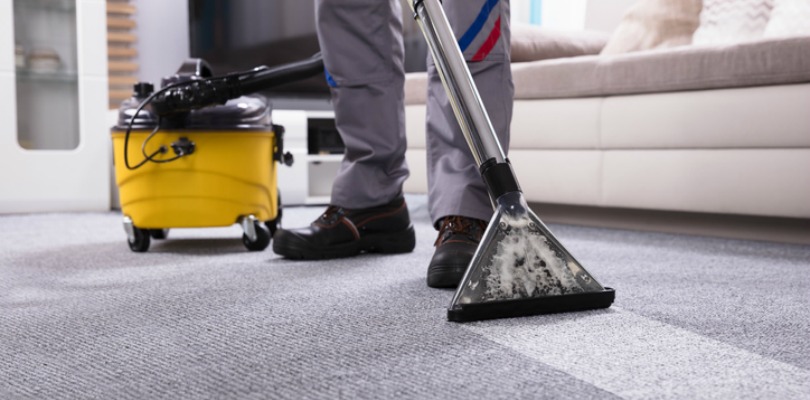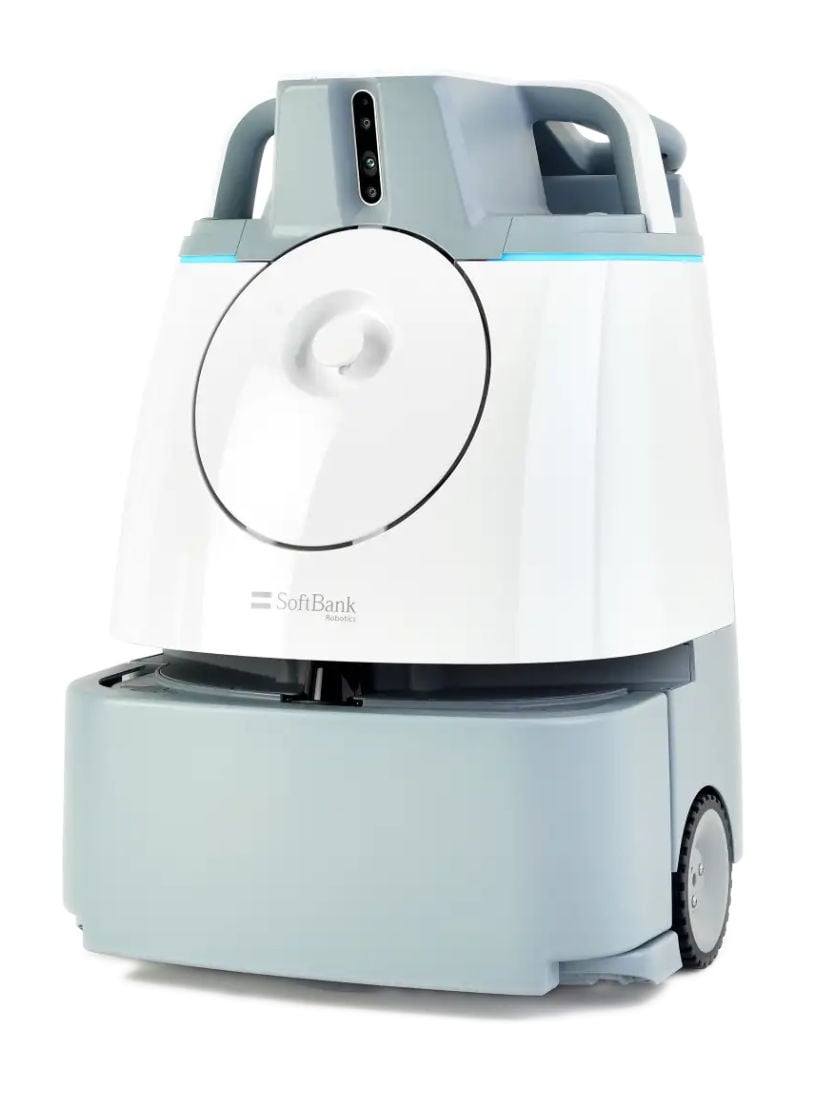There are so many factors to consider when thinking about investing in a new commercial vacuum that the process may be overwhelming. Before you start getting into the weeds trying to decide backpack, rider or commercial robot vacuum, take a step back and focus on the business case for your investment.
By asking the four questions below, you can find the right commercial carpet cleaning equipment to solve your challenges.
1. Will I get a more thorough cleaning?
A thorough cleaning typically depends on two critical components: reliable equipment and well-trained staff.
When it comes to commercial carpet cleaning equipment, it’s important to recognize that thorough vacuuming isn’t just about keeping environments clean; it’s necessary to prolong carpet life. Experts estimate that 79 percent of the soil that builds up on carpets consists of sand and dry particulates—gritty, abrasive grime that quickly deteriorates a carpet. So effective equipment that gets a deep clean every time will ultimately reduce the need for frequent carpet replacements in high traffic areas. It’s an important way for cleaners to add value and building owners to reduce capital costs.
Perhaps the more important criteria, however, is the consistent clean your team provides. Training is essential to standardizing cleaning processes across the entire cleaning workforce. Even so, human error is unavoidable, and that’s problematic. Research indicates that a virus sample placed in a high-traffic area can spread to 40 to 60 percent of workers and visitors in less than four hours. Missing a hard-to-reach spot can have major consequences.
Automated vacuums are one solution for eliminating the risk of leaving high-traffic areas untouched. Easily able to maneuver around obstacles, these tools can get into areas staff may overlook. When paired with data tools that confirm cleaning performance, a cleaning team can be assured they’re providing a consistent performance every time.
2. Can I easily get my staff onboard with the change?
One of the biggest challenges in making a switch to a cleaning regimen is getting staff onboard with the change. Resistance to change is part of human nature, so to speed along onboarding any new equipment should be easy to use on Day One or come supplied with manufacturer training.
Workers are also more likely to adopt new equipment if it solves a specific challenge they face at work. For example, if the new cleaning equipment reduces complaints from building occupants about noise or cleaning consistency, that can translate into a happier staff as well.
In the event of upgrading to a commercial robot vacuum, it is important to ensure staff understands that the equipment will not reduce the need for staff. Instead, these technology solutions enable staff to do potentially less monotonous, more value-added tasks in the time they have available. Employers can emphasize the fact that fewer repetitive tasks can mean less injury as well.
As an added bonus, a high-tech cleaning solution could potentially help recruit new workers. Evidence suggests that Millennials want to use purposeful technology at work, particularly technology that gives them opportunities to grow professionally. These workers consistently seek out jobs where technology is being used impactfully. Leveraging AI solutions in traditionally low-tech fields can not only boost productivity among staff in a tight labor market, but boost recruitment as well.
3. Is the ROI of the upgrade easily calculable?
Leading cleaning companies report operating on 1.3 percent margins, so any opportunity to grow those margins is a worthwhile investment. And even a small decrease in operating costs can add up quickly when measured across a large client base or building portfolio. An upfront investment in more efficient equipment that can help cleaning staff improve their production rate over the long-term has a clear return on investment.
Upgrading to automated carpet cleaning equipment can reduce the time staff spends on labor-intensive, repetitive tasks and free those employees up to perform other activities. This can also shrink the time spent at a single location or reduce the need to hire additional staff while tackling more job sites.
Property owners may see greater savings by investing in automated equipment. Companies that can vacuum during the day, for example, may be able to turn off lights sooner at night. Even a small reduction in energy usage can translate to significant savings on the utility bill.
4. Will the upgrade improve the service we offer building occupants?
Estimates indicate the average cleaning company loses up to 55 percent of its customer base every year. That’s a tremendous amount of turnover, often born of complaints about poor service.
Cleaning companies note that clients tend to frequently complain about service that worsens over the course of a cleaning contract. This inconsistent quality can come from staff pressures to complete work within set time constraints, a lack of standardized procedures or a failure to address staff problems such as complacency or frequent turnover.
Equipment that can help reduce building user complaints can reduce that clientele turnover. Look for a solution that can provide a more consistent clean or helps staff better maximize their time to ensure building occupants never see a rushed clean. Keeping clients happy ultimately can reduce the cost of marketing new business. Repeat customers are good for the bottom-line—as are word-of-mouth referrals.
Improve upon today’s baseline for clean
If you’re considering upgrading your commercial carpet cleaning equipment, the best place to start is to know where you stand today. Gather your data on production rates, biggest employee pains and customer complaints. Identify your biggest needs and top challenges when it comes to carpet cleaning. With hard data in hand, it becomes simpler to make the best investment decision to grow your bottom line.








